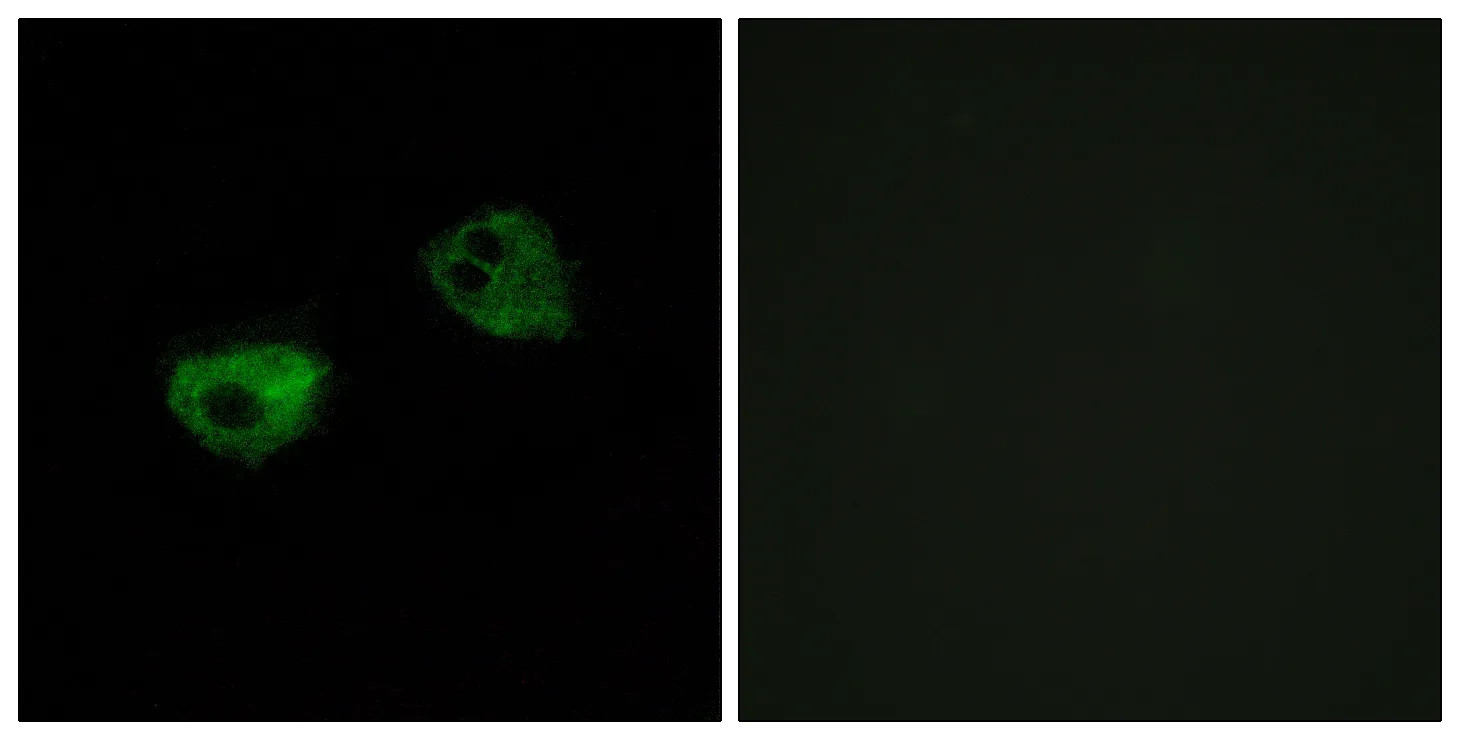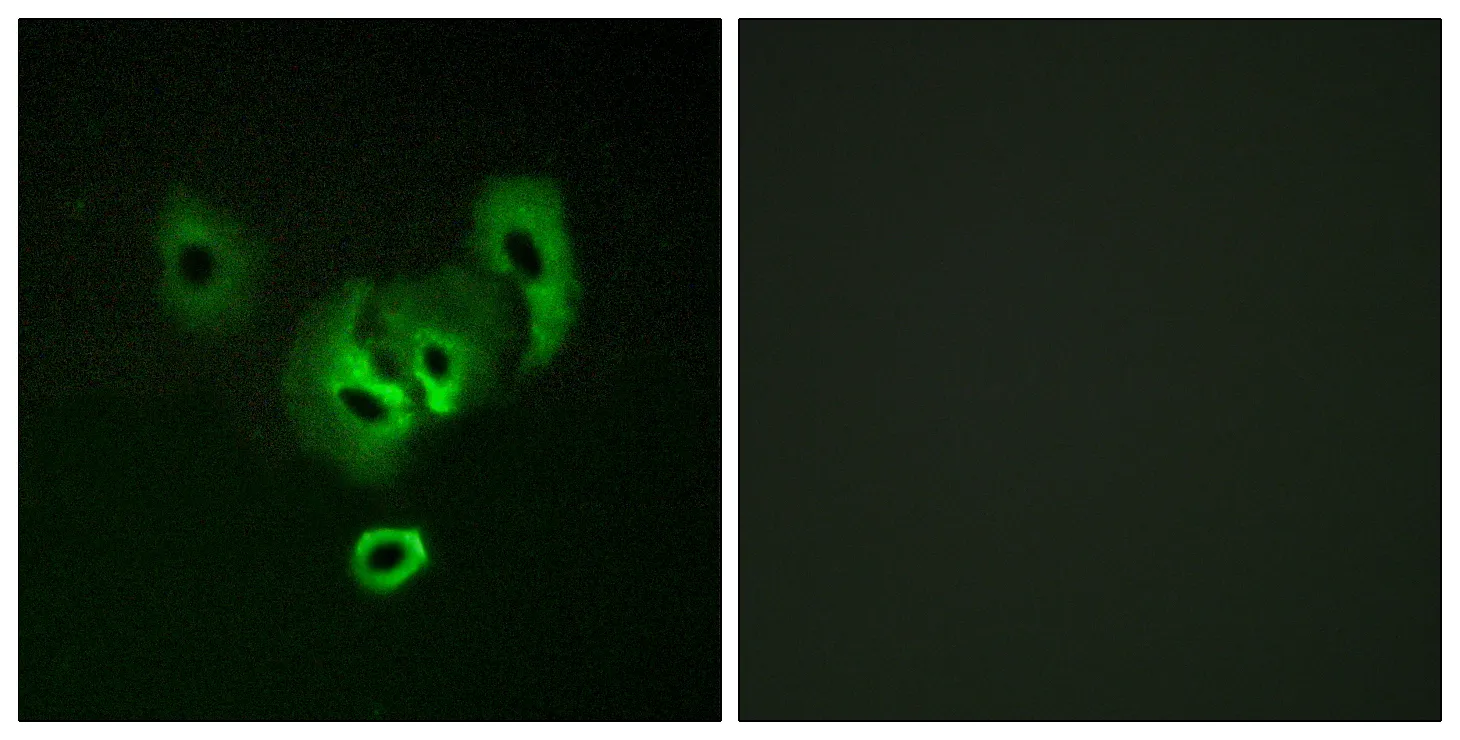Summary
Performance
Immunogen
Application
Background
domain:The most membrane-proximal SH2-binding motif interacts with SH2 domain of SH2D1A and does not need to be phosphorylated on tyrosine residues.,function:High-affinity self-ligand important in bidirectional T-cell to B-cell stimulation. SLAM-induced signal-transduction events in T-lymphocytes are different from those in B-cells. Two modes of SLAM signaling are likely to exist: one in which the inhibitor SH2D1A acts as a negative regulator and another in which protein-tyrosine phosphatase 2C (PTPN11)-dependent signal transduction operates.,PTM:Phosphorylated by FYN.,similarity:Contains 1 Ig-like C2-type (immunoglobulin-like) domain.,similarity:Contains 1 Ig-like V-type (immunoglobulin-like) domain.,subcellular location:Present on the surface of B-cells and T-cells.,subunit:Its cytoplasmic domain interacts with SH2 domain protein 1A (SH2D1A), and with PTPN11. Interacts with INPP5D/SHIP1. Binds to Measles virus HN protein and acts as a receptor for this virus.,tissue specificity:Constitutively expressed on peripheral blood memory T-cells, T-cell clones, immature thymocytes, and a proportion of B-cells, and is rapidely induced on naive T-cells after activation.,domain:The most membrane-proximal SH2-binding motif interacts with SH2 domain of SH2D1A and does not need to be phosphorylated on tyrosine residues.,function:High-affinity self-ligand important in bidirectional T-cell to B-cell stimulation. SLAM-induced signal-transduction events in T-lymphocytes are different from those in B-cells. Two modes of SLAM signaling are likely to exist: one in which the inhibitor SH2D1A acts as a negative regulator and another in which protein-tyrosine phosphatase 2C (PTPN11)-dependent signal transduction operates.,PTM:Phosphorylated by FYN.,similarity:Contains 1 Ig-like C2-type (immunoglobulin-like) domain.,similarity:Contains 1 Ig-like V-type (immunoglobulin-like) domain.,subcellular location:Present on the surface of B-cells and T-cells.,subunit:Its cytoplasmic domain interacts with SH2 domain protein 1A (SH2D1A), and with PTPN11. Interacts with INPP5D/SHIP1. Binds to Measles virus HN protein and acts as a receptor for this virus.,tissue specificity:Constitutively expressed on peripheral blood memory T-cells, T-cell clones, immature thymocytes, and a proportion of B-cells, and is rapidely induced on naive T-cells after activation.,
Research Area




